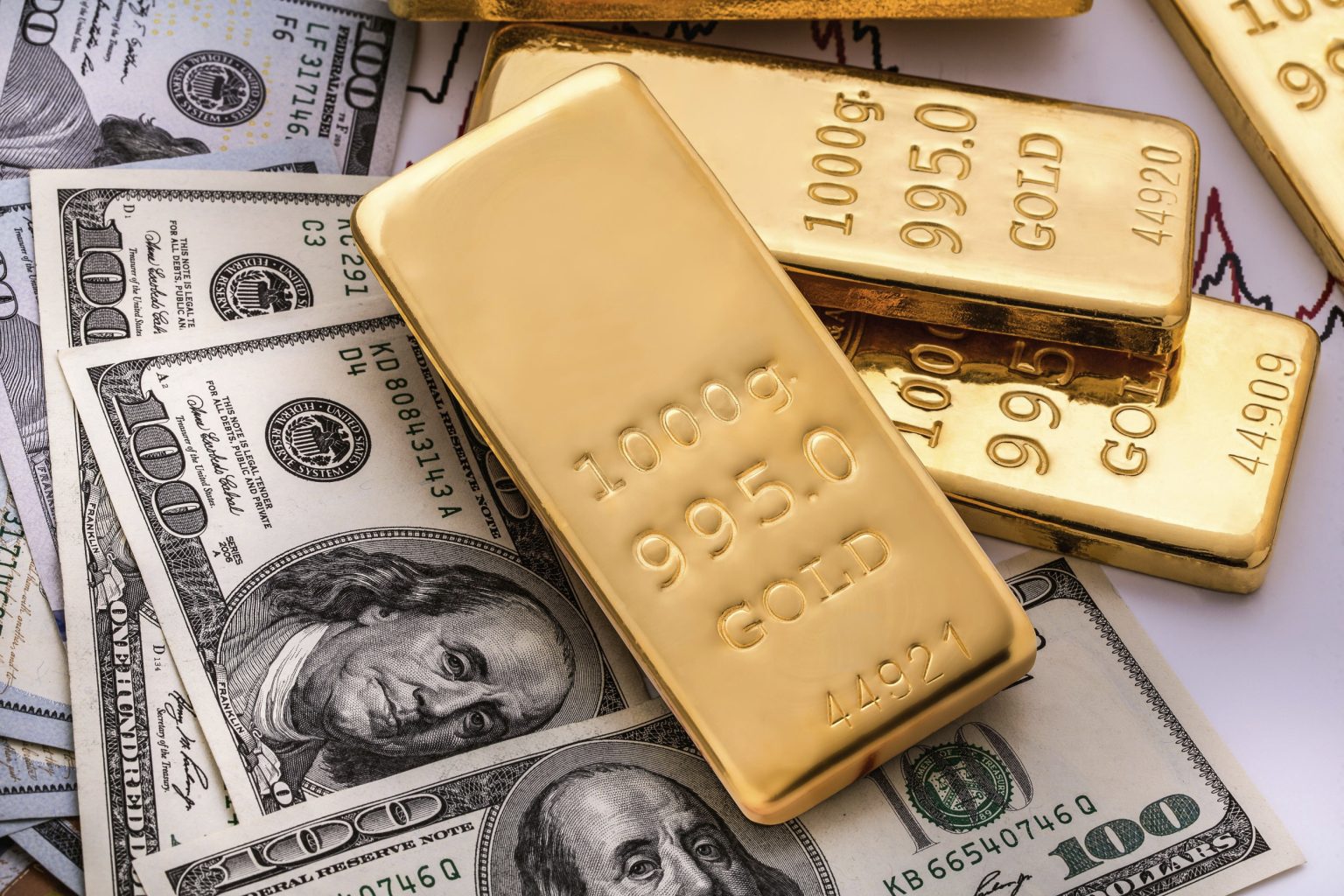Gold’s Historic Rally: Economic Uncertainty Fuels Precious Metal’s Surge
In an unprecedented market development, gold has broken through the $3,500 per troy ounce barrier, marking a historic milestone in its remarkable 2025 performance. With gains of approximately 35 percent year-to-date, gold has outpaced both traditional stock markets and cryptocurrencies, reflecting deep-seated anxieties about global economic stability. This extraordinary rally represents more than just price movement—it signals a fundamental shift in how investors and governments view financial security in increasingly uncertain times. The precious metal’s performance serves as a mirror reflecting widespread concerns about inflation, government debt, central bank independence, and geopolitical tensions that have collectively undermined confidence in traditional financial systems.
At the heart of gold’s meteoric rise lies a constellation of interconnected factors that market analysts describe as a “cocktail” of uncertainties. Suki Cooper, a precious metals analyst at Standard Chartered, notes that “heightened geopolitical, economic and trade uncertainty” has dramatically increased investor appetite for gold both domestically and globally. This sentiment is echoed by Adrian Ash, research director at BullionVault, who points to more systemic concerns rather than immediate market reactions. Unlike previous price spikes triggered by specific events, the current rally appears driven by deeper structural concerns—particularly how the current administration’s trade and foreign policies are “upending so much of the past three, four decades of world order.” Perhaps most concerning is the mounting U.S. government debt, which has surpassed $37 trillion according to Treasury calculations, raising serious questions about long-term fiscal sustainability and creating a perfect environment for gold’s traditional role as a crisis hedge.
The Federal Reserve finds itself in an increasingly precarious position that gold investors are watching closely. Rhona O’Connell, head of market analysis at StoneX, describes the central bank as caught “between a rock and a hard place when it comes to balancing inflationary forces against the cost of debt servicing.” This dilemma is made more acute by the federal debt now reaching approximately 126 percent of GDP despite relatively robust economic performance. The approaching debt ceiling negotiations add another layer of uncertainty that makes gold increasingly attractive as a safe-haven asset. Further complicating matters are recent political pressures on the Federal Reserve, including verbal attacks on Chairman Jerome Powell and the controversial dismissal of Governor Lisa Cook, which market watchers interpret as unprecedented challenges to central bank independence. These developments have significantly elevated concerns about politicized monetary policy and potentially eroded trust in the dollar’s long-term stability.
Interest rate expectations are playing a crucial role in gold’s current price trajectory. With a September rate cut now considered almost certain—traders place the probability at 98 percent according to the CME FedWatch tool—investors are repositioning their portfolios in anticipation. Lower interest rates typically diminish the appeal of yield-bearing assets like Treasury bonds while enhancing the relative attractiveness of non-yielding alternatives such as gold. Joseph Cavatoni of the World Gold Council summarizes this dynamic: “Gold’s strength shows that investors are preparing for the Fed’s next steps and managing risk in an uncertain environment. Diversification is the focus.” This shift represents a broader recalibration of risk management strategies, with investors increasingly turning to tangible assets that have historically preserved wealth during periods of currency devaluation and economic instability. The metal’s performance amid weakening dollar sentiment and tariff concerns demonstrates its enduring appeal as a portfolio stabilizer during uncertain economic transitions.
Perhaps the most telling indicator of gold’s growing significance is the changing behavior of central banks worldwide. Institutions across East Asia, Europe, and the Middle East have accelerated their gold purchases while simultaneously reducing their holdings of U.S. Treasury securities. This reallocation reflects a strategic diversification away from dollar-denominated assets due to growing concerns about America’s fiscal trajectory and political stability. Michael Klein, professor of International Economic Affairs at Tufts University, observes that global central banks have become increasingly wary of maintaining large dollar reserves in the current political climate, preferring instead to expand their gold holdings. This institutional shift represents a significant vote of confidence in gold’s reliability compared to traditional reserve currencies and suggests a deeper, more structural change in how the global financial system views monetary stability and sovereign risk.
As gold continues its historic price run, market forecasts remain bullish, with little on the horizon that appears capable of reversing the metal’s momentum in the near term. Price projections consistently maintain levels above $3,500 for the remainder of the year, supported by persistent economic uncertainties and ongoing diversification efforts by both institutional and retail investors. The current administration’s domestic and trade policies have channeled additional foreign investment into gold as international entities seek protection from potential market disruptions. What makes this rally particularly significant is that it transcends typical market cycles, potentially representing a more fundamental reassessment of financial risk in an era of unprecedented government debt, political polarization, and geopolitical realignment. Gold’s resurgence serves as both a warning signal about systemic vulnerabilities and a reminder of humanity’s enduring trust in this ancient store of value during times of profound uncertainty.


